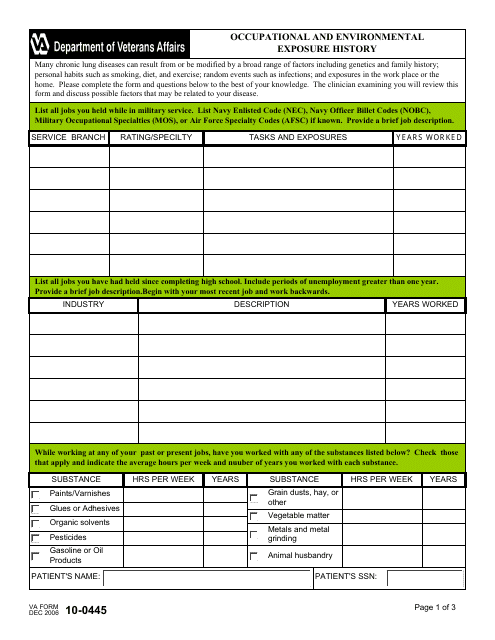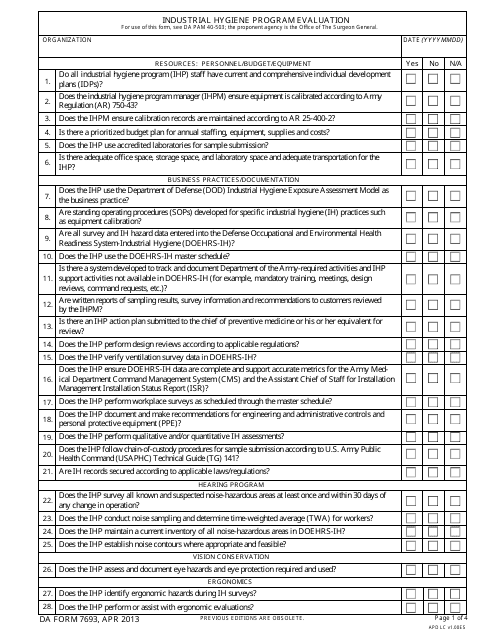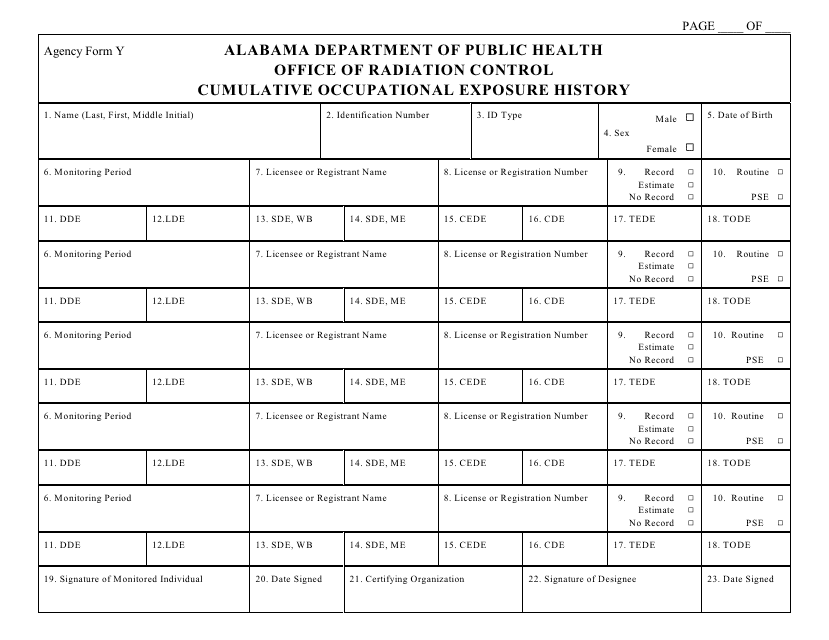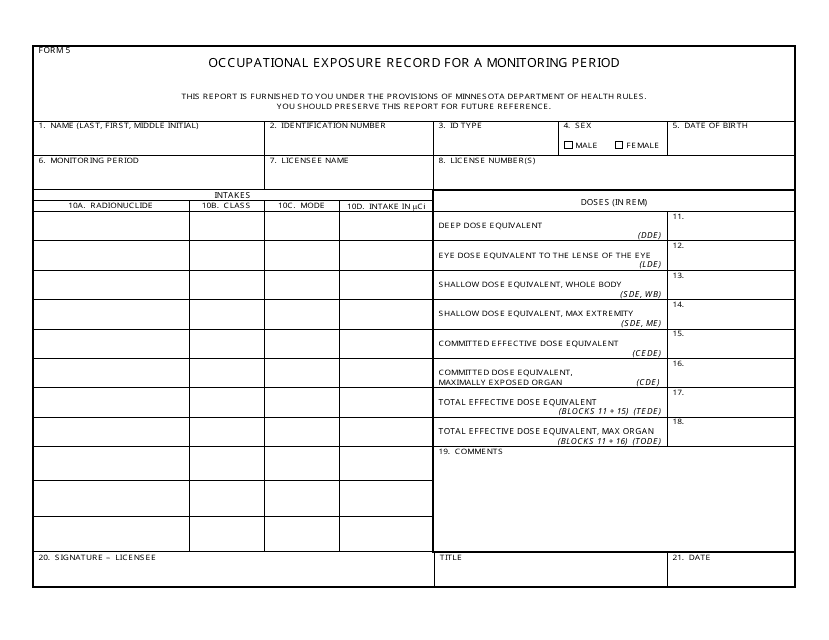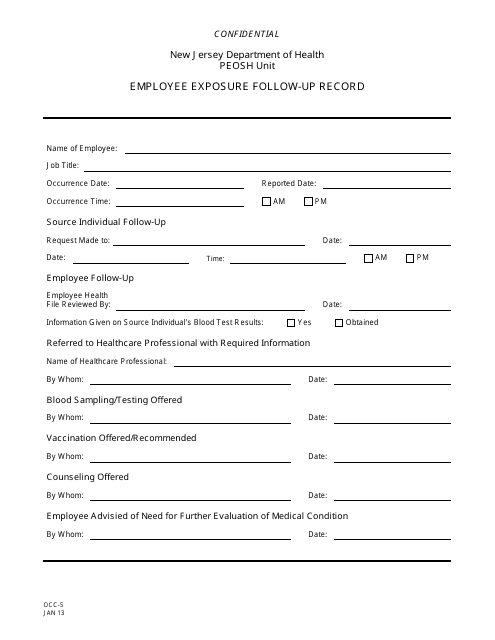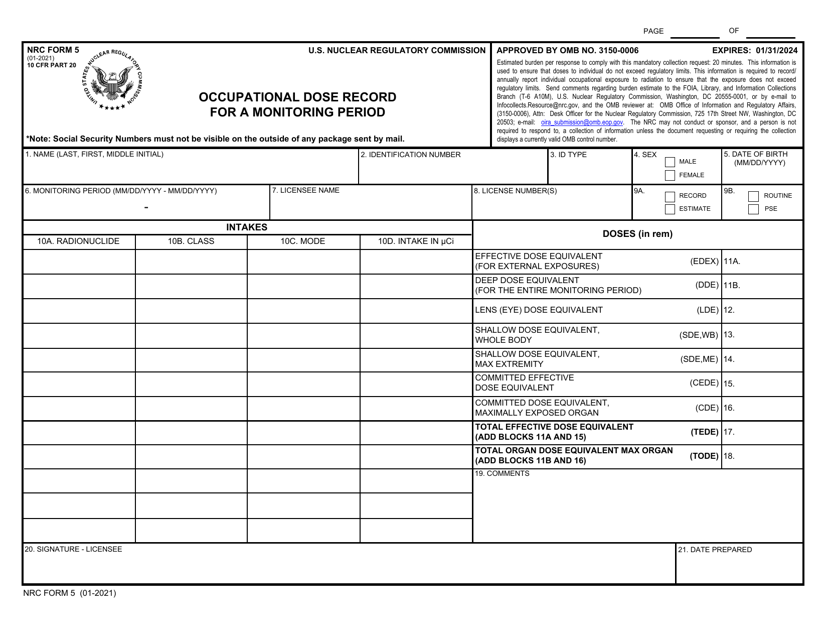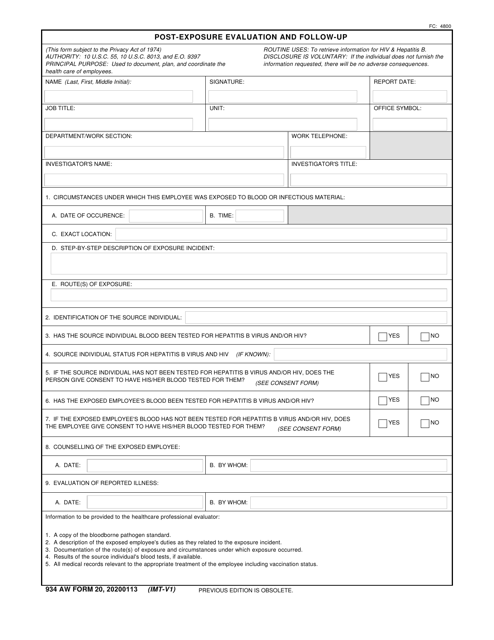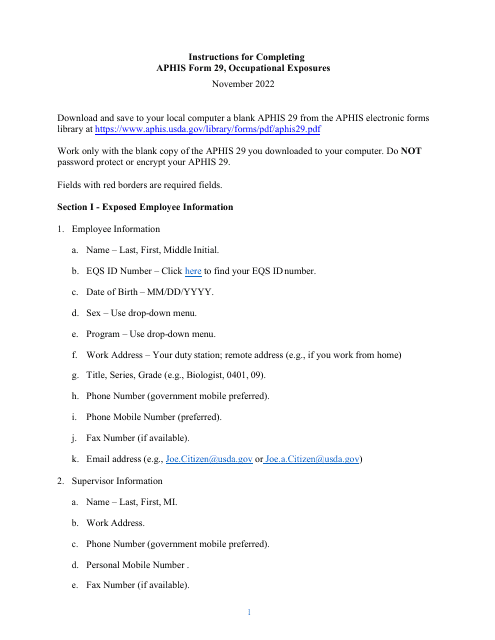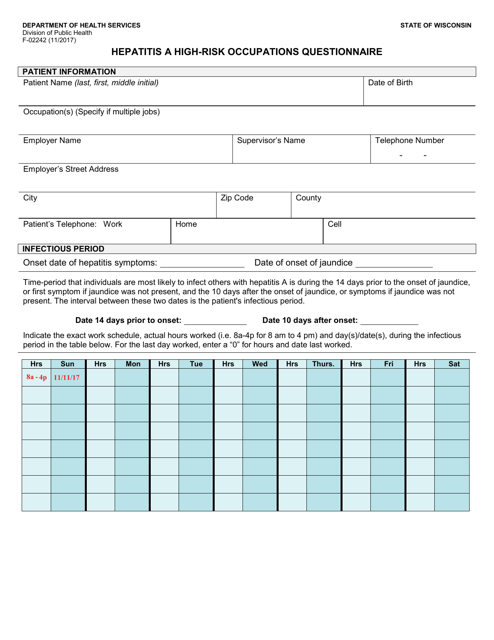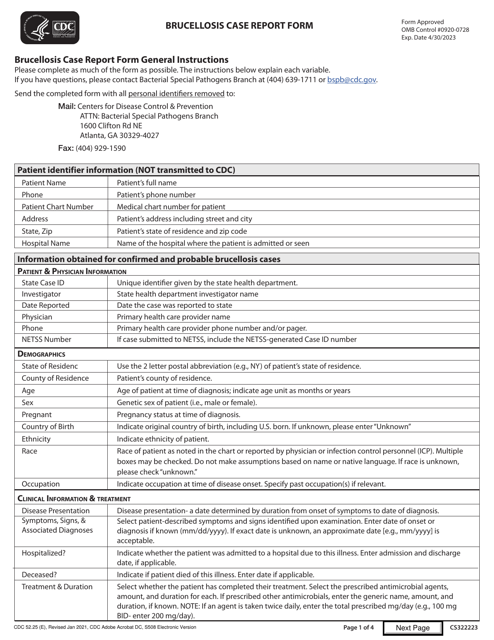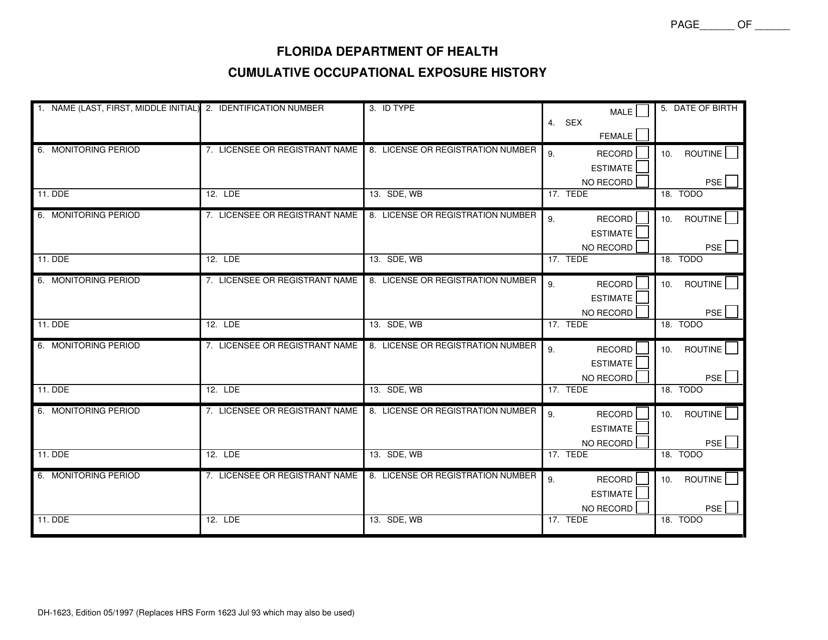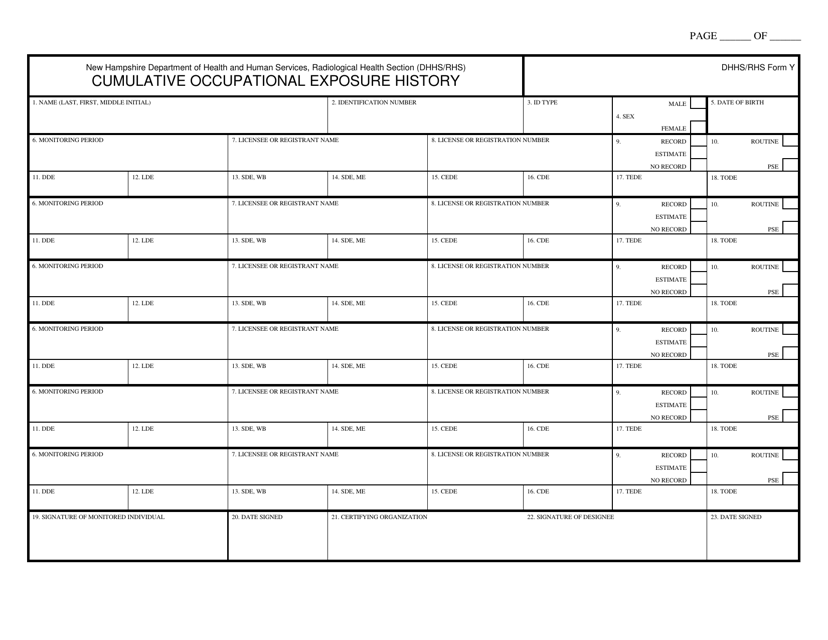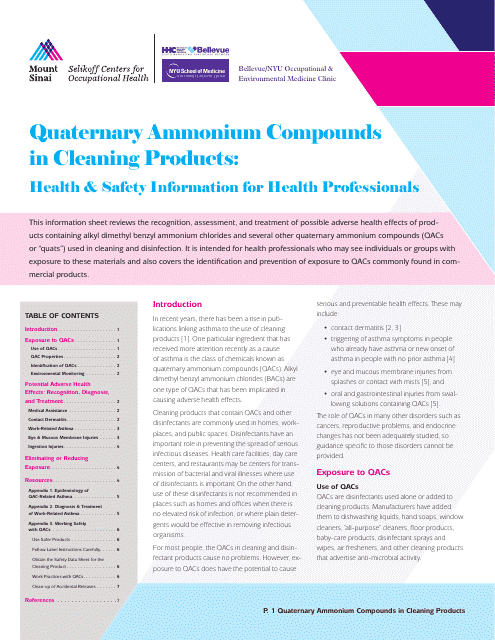Occupational Exposure Templates
Are you concerned about the potential risks and hazards of your workplace? It is crucial to be aware of occupational exposure and take the necessary precautions to protect yourself and your employees. Our occupational exposure resources provide valuable information and guidance to help you navigate through the complexities of workplace safety.
At our organization, we understand the importance of keeping you informed and compliant with the ever-changing regulations. Our library of documents includes a wide range of materials related to occupational exposure. From instructions forfilling out forms to detailed guidelines for monitoring and reporting exposure levels, we have you covered.
Our occupational exposure documentation covers various industries and areas of concern. Whether you are involved in construction, healthcare, manufacturing, or any other sector, our resources are designed to address the unique challenges and risks associated with your field.
You may come across alternative names for occupational exposure, such as occupational exposures or the occupational exposures form. Regardless of the terminology used, our documents are carefully curated to provide the crucial information needed to assess and mitigate risks in the workplace.
The documents in our collection range from state-specific forms, like the Form LPF-1, 7069 Lead Accreditation Application in Louisiana, to comprehensive records of occupational exposure, such as the Form DH1623 Cumulative Occupational Exposure History in Florida. These resources are developed in collaboration with regulatory agencies and industry experts to ensure accuracy and relevance.
Don't let occupational exposure become a liability for your business. Stay informed, compliant, and proactive by accessing our comprehensive occupational exposure documentation. Our user-friendly platform makes it easy to search and access the most up-to-date resources, allowing you to focus on creating a safe and healthy work environment.
Invest in the well-being of your workforce and the success of your business by prioritizing occupational exposure management. Browse our extensive collection of resources today and take the first step towards a safer workplace.
Documents:
22
This document is used to record an individual's occupational and environmental exposure history.
This document is used to evaluate industrial hygiene programs in the military.
This form is used for documenting and tracking an individual's cumulative occupational exposure history in the state of Alabama. It helps to record information about the various job-related exposures to hazardous materials or substances that a person may have been subjected to over time.
This Form is used for recording occupational exposures during a monitoring period in Minnesota.
This Form is used for applying for lead accreditation in Louisiana.
This form is used for recording and tracking employee exposure follow-up in the state of New Jersey.
This form is used for recording occupational exposure during a monitoring period in the state of Utah.
This document is used for the annual review and approval of the Respiratory Protection Program (RPP) at OC-ALC. It ensures that the program meets safety standards and remains up to date.
This type of document, AW Form 20, is used for post-exposure evaluation and follow-up.
This form is used for high-risk occupations in Wisconsin to gather information about hepatitis A exposure.
This form is used for reporting cases of Brucellosis, a bacterial infection that can be transmitted from animals to humans. It collects important information about the infected individual and helps healthcare professionals track and monitor the disease.
This form is used to record a person's cumulative occupational exposure history in the state of Florida. It helps to keep track of the various jobs and industries someone has worked in to determine potential health risks associated with exposure to certain substances or hazards.
This Form is used for documenting the cumulative occupational exposure history of individuals in New Hampshire. It is used by the DHHS/RHS (Department of Health and Human Services/Rural Health Services) to track and monitor potential health risks related to occupation.
This document provides health and safety information for health professionals regarding the use of Quaternary Ammonium Compounds in cleaning products.

